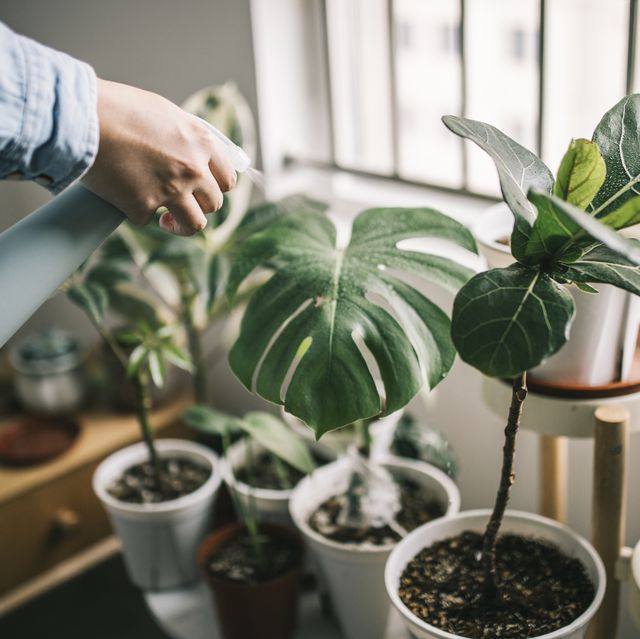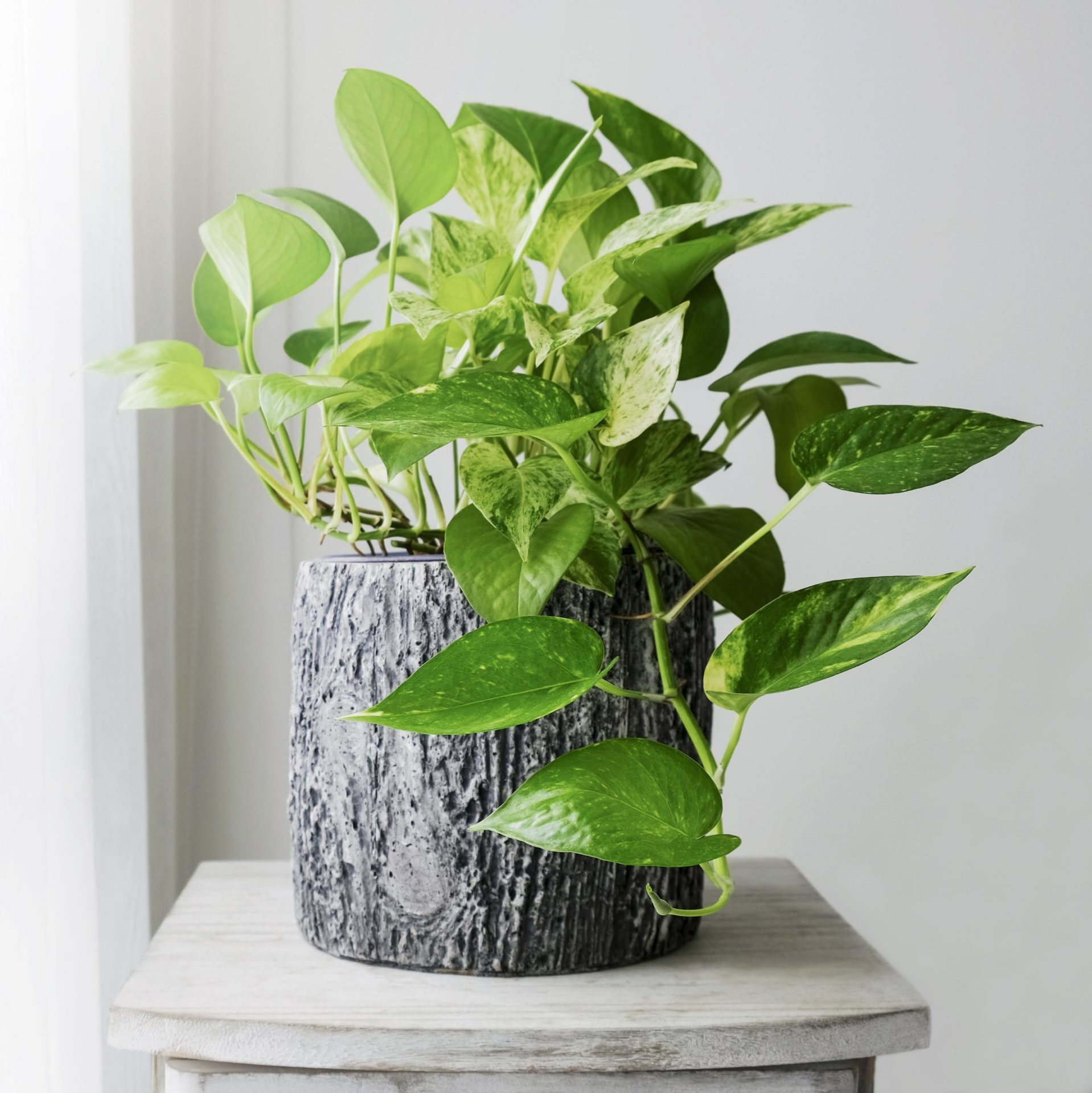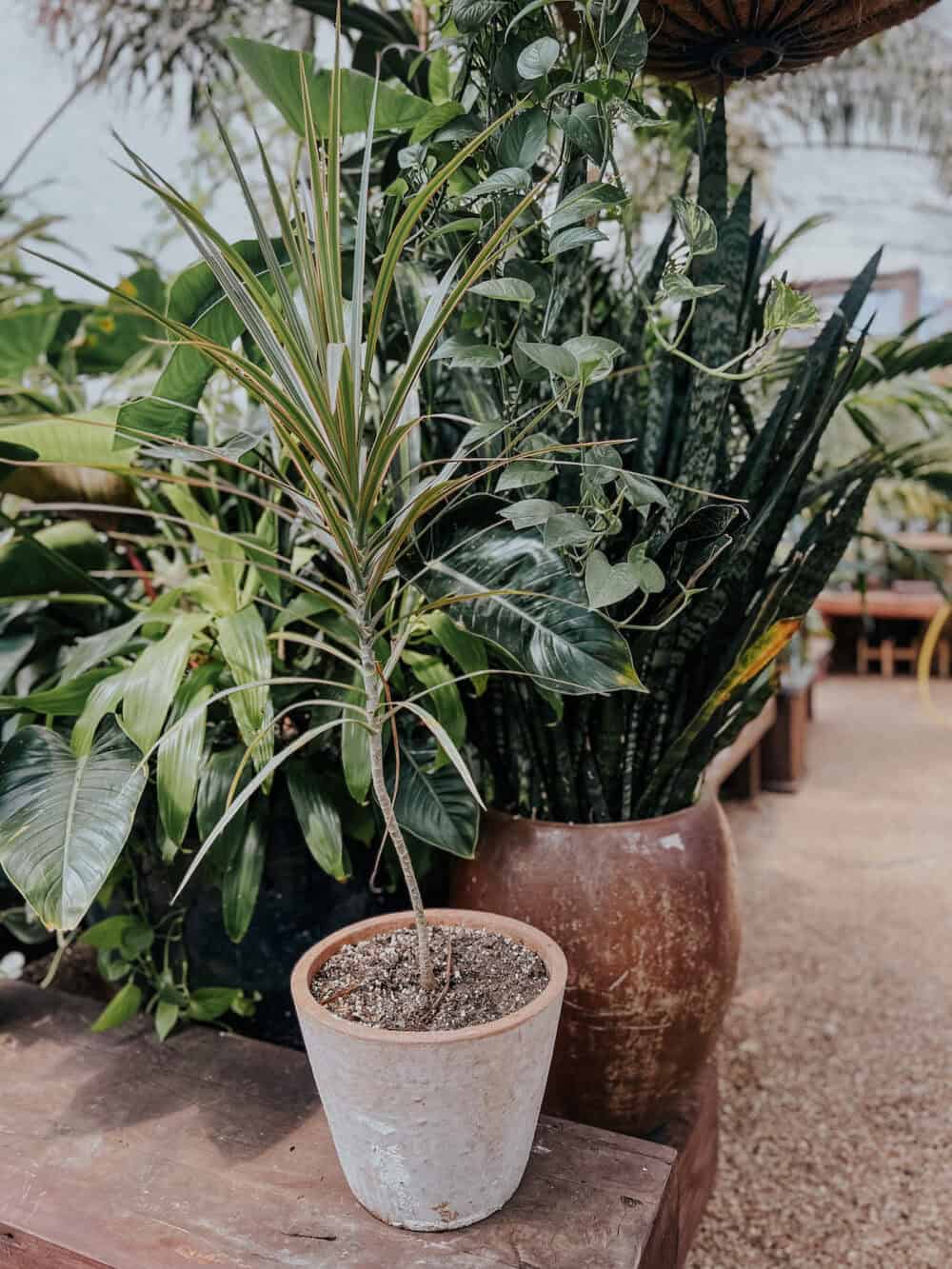The Best Low-Light Indoor Plants to Improve Your Home’s Air Quality
The Best Low-Light Indoor Plants to Improve Your Home’s Air Quality
Blog Article
Transform Your Home With Beautiful Low-Light Indoor Plants and Their Benefits
Integrating low-light interior plants right into your home can considerably boost both the visual and environmental high quality of your space. These plants, which grow in dark conditions, offer not only as ornamental aspects yet also as natural air cleansers, making them suitable for urban residents or those with restricted sunshine direct exposure. As we discover the numerous types of low-light plants and their benefits, you might locate surprising ways to integrate them right into your home that can change your surroundings in ways you may not have actually prepared for.
Benefits of Low-Light Plants
Low-light plants use many benefits for interior environments, making them an exceptional selection for both beginner and knowledgeable garden enthusiasts. Among the primary benefits is their versatility to low-light problems, enabling individuals to improve their home without the demand for considerable sunlight exposure. This characteristic makes them optimal for apartment or condos, workplaces, and various other locations with limited all-natural light.

In addition, incorporating low-light plants into home decoration can elevate the aesthetic appeal of a room. Their rich vegetation and varied textures create a calming atmosphere, adding to total health. Last but not least, the existence of greenery has been linked to reduced tension degrees and improved productivity, making low-light plants a useful choice for improving both physical and psychological health and wellness in indoor setups.
Leading Low-Light Indoor Plants
While lots of indoor plants grow in brilliant light, several varieties are especially well-suited for low-light conditions, making them perfect for numerous interior spaces. One preferred choice is the Serpent Plant (Sansevieria), understood for its striking upright fallen leaves and resilience, calling for minimal treatment. One more superb choice is the Pothos (Epipremnum aureum), which includes heart-shaped leaves and can track beautifully from hangers or racks, thriving in reduced light and including a rich touch.
The ZZ Plant (Zamioculcas zamiifolia) is commemorated for its shiny leaves and capability to withstand disregard, making it perfect for hectic way of livings. The Peace Lily (Spathiphyllum) not only endures low light yet likewise produces spectacular white blossoms, improving any room's aesthetic.
For a special touch, think about the Cast Iron Plant (Aspidistra elatior), which undoubtedly lives up to its name, thriving in the darkest corners of your home. Lastly, the Chinese Evergreen (Aglaonema) offers a selection of leaf patterns and colors while being incredibly forgiving in low-light conditions. These plants not only improve interior atmospheres yet also add to air purification, boosting your living area.
Care Tips for Low-Light Plants

Sprinkling techniques are important; these plants often favor a little dry problems. Overwatering can bring about root rot, so make sure that the leading inch of soil is completely dry prior to sprinkling once more. Usage pots with water drainage openings to enable excess dampness to escape.
Humidity is one more important element. Lots of low-light plants, such as brushes and tranquility lilies, gain from greater moisture degrees. To boost moisture, consider misting the leaves or positioning a tray of water near the plants.
Fertilizing should be approached with care. During the expanding season, use a thinned down, well balanced liquid fertilizer every month to sustain growth, yet stay clear of fertilizing throughout the dormant winter season.

Innovative Ways to Present Plants
Interior plants can act as exciting focal points in any kind of area, enhancing both aesthetic appeal and ambiance. Imaginative display screens can boost the visual influence of low-light plants, making them an indispensable part of your home design. One efficient method is to use tiered plant stands, which permit you to display several plants at varying elevations while making best use of floor space.
Hanging planters are another ingenious choice, producing a sense of depth and drawing the eye upward. Think about macramé wall mounts or wall-mounted racks to present an one-of-a-kind appearance and style.
For a more structured method, usage geometric terrariums or glass containers to house your plants, adding a contemporary touch to your indoor garden. You can also repurpose vintage products, such as teacups or wooden cages, for a diverse screen that shows your character.
Enhancing Home Ambiance With Plants
Integrating low-light plants into your home not just boosts aesthetic charm yet additionally adds significantly to the total setting. These plants function as natural design aspects, introducing a feeling of serenity that can transform any area. The presence of greenery fosters a calming ambience, which this contact form is specifically useful in high-stress atmospheres such as home offices or living areas.
Low-light plants, such as snake plants, pothos, and ZZ plants, are not just cosmetically pleasing however also boost indoor air top quality by filtering system pollutants. This twin function enhances the setting additionally, creating a much healthier home (Best low-light indoor plants). The strategic positioning of these plants can likewise affect the understanding of space; for circumstances, tall plants can attract the eye upwards, making ceilings appear greater and spaces much more sizable
In addition, varying appearances and colors of foliage include depth to indoor style, permitting innovative expression in home styling. Whether positioned on shelves, in edges, or as centerpieces, low-light plants can elevate the state of mind of any space. In recap, incorporating these plants into your home is a reliable method to promote a cozy, inviting environment while profiting of boosted air high quality and visual adaptability.
Final Thought
Incorporating low-light indoor plants right into home settings provides countless benefits, including improved visual appeal and enhanced air top quality. These resilient plants, such as the Snake Plant and Tranquility Lily, call for very little light and upkeep, making them ideal for diverse way of livings. Their ability to filter contaminants adds to a healthier space, while their diverse textures and colors improve interior decor (Best low-light indoor plants). Eventually, the addition of low-light plants promotes a peaceful and inviting ambiance, changing any home into a peaceful oasis.
While numerous interior plants thrive in brilliant light, a number of types are specifically appropriate for low-light problems, making them Best low-light indoor plants suitable for different indoor spaces. One reliable technique is to make use of tiered plant stands, which permit you to showcase multiple plants at differing heights while making best use of floor space.
Low-light plants, such as snake plants, pothos, and ZZ plants, are not just cosmetically pleasing however likewise improve indoor air top quality by filtering contaminants. Best low-light indoor plants. The strategic positioning of these plants can additionally affect the assumption of space; for instance, tall plants can draw the eye upward, making ceilings show up higher and spaces much more roomy
These resistant plants, such as the Snake Plant and Peace Lily, need marginal light and upkeep, making them appropriate for diverse way of lives.
Report this page